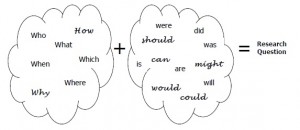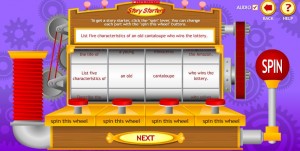SMART Start to School
 It’s about that time when the excitement of the new school year begins. Students of all ages buy something new to start the year to help them feel energized. Teachers decorate their classrooms to motivate their students and set new professional goals . Technology integration is often a goal but where to start and how to do it becomes an obstacle. This summer I had the amazing opportunity to spend a week at SMART Technology headquarters in Calgary at the SMART Exemplary Educator (SEE) Summit surrounded by people that make this goal more achievable. Below are a sampling of the sites that will help you get started…
It’s about that time when the excitement of the new school year begins. Students of all ages buy something new to start the year to help them feel energized. Teachers decorate their classrooms to motivate their students and set new professional goals . Technology integration is often a goal but where to start and how to do it becomes an obstacle. This summer I had the amazing opportunity to spend a week at SMART Technology headquarters in Calgary at the SMART Exemplary Educator (SEE) Summit surrounded by people that make this goal more achievable. Below are a sampling of the sites that will help you get started…
- Mr. Smart Trainer-scroll down and look on the right side of the screen for many ready-made lessons that features holidays and sports teams, to name a few
- Heather Lamb’s Digital Dashboard-information on Notebook software, SMART Table, training videos and PD, SMART Exchange and SMART’s You Tube channel. Be sure to check out her Delicious page for even more resources!
- Mike’s Technology Closet-Notebook lessons and how-to videos, free resources, blog full of ideas, 45 in 45 presentation that highlights 45 great sites for the classroom and he is an avid geocacher (I highly recommend everyone trying it at least once. You will be addicted with the first cache you find plus, it’s a great way to see a new city.)
- SMART Board Revolution-webinars, lessons, Q & A on all things SMART, links…the list goes on and on
Have a fabulous start to your school and keep on inspiring!


